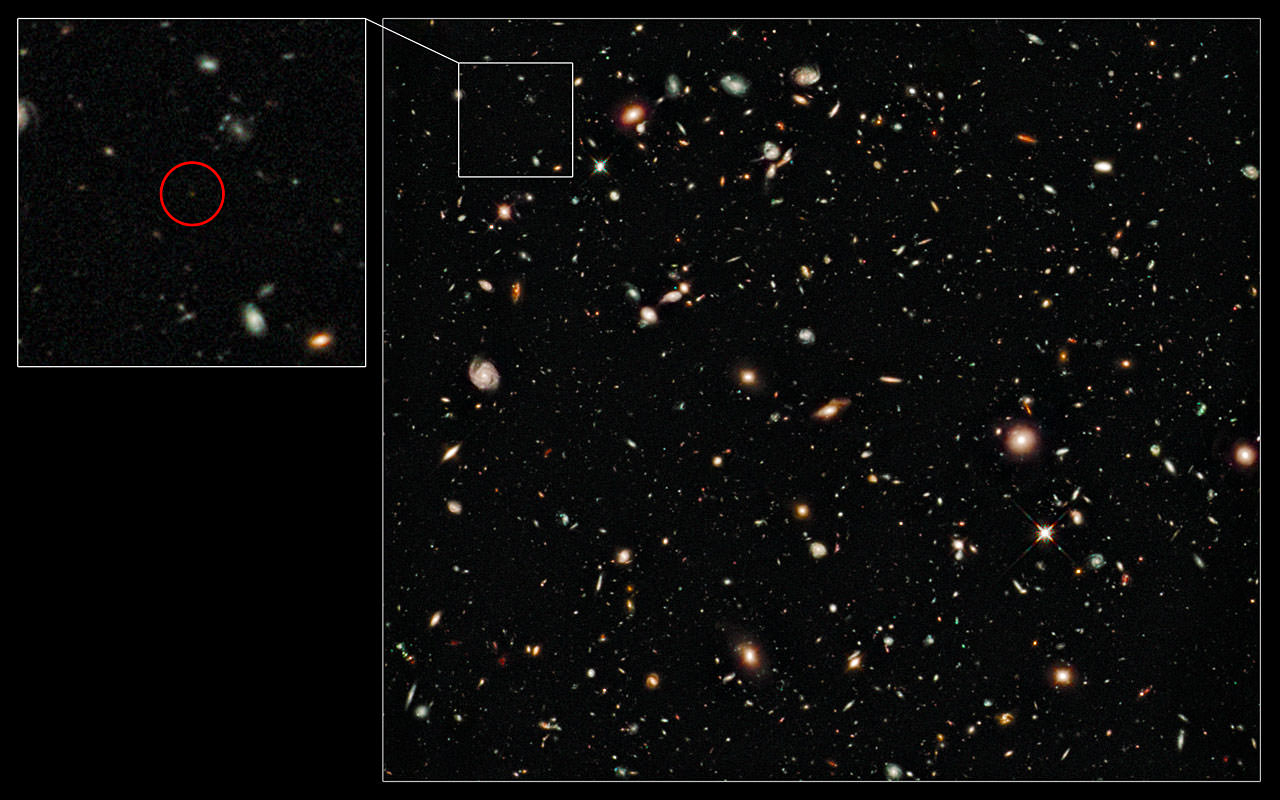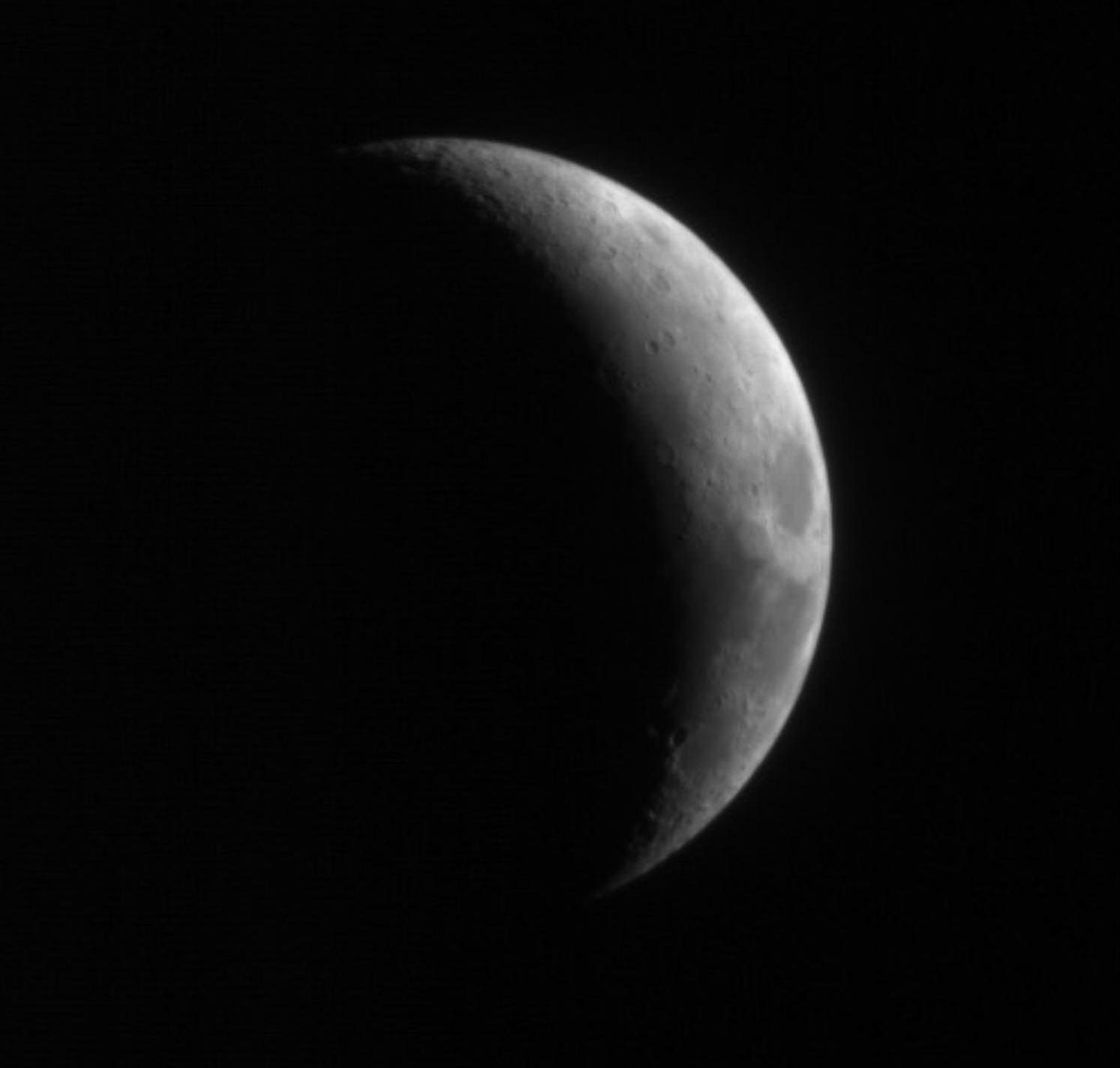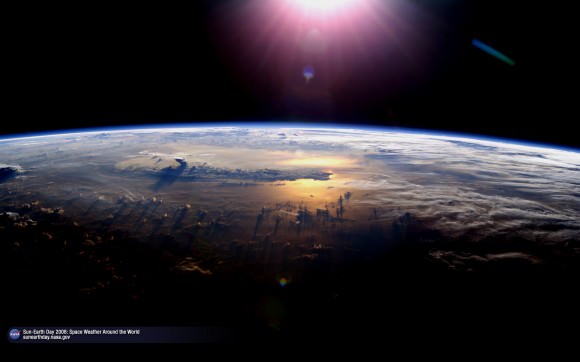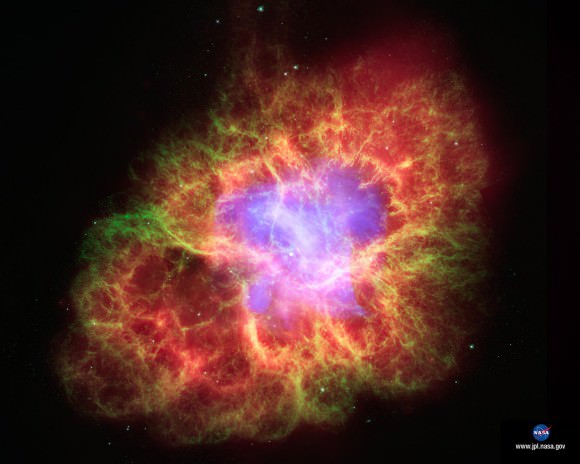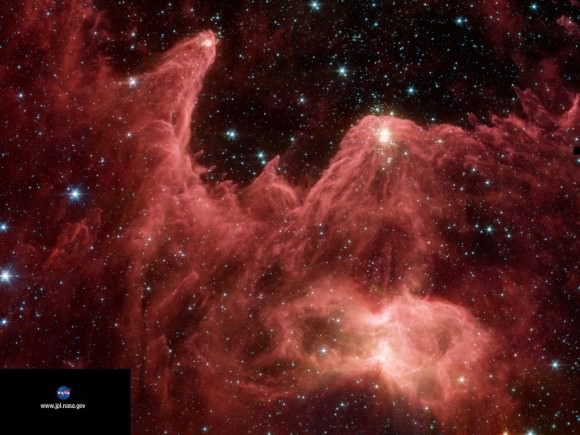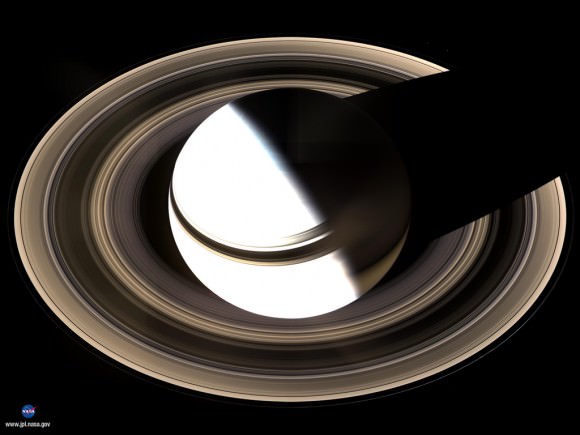[/caption]
Ever wonder why we are here, how and why the universe that we inhabit came to be, and what our place is in it? If so, than in addition to philosophy, religion, and esotericism, you might be interested in the field of Cosmology. This is, in the strictest sense, the study of the universe in its totality, as it is today, and what humanity’s place is in it. Although a relatively recent invention from a purely scientific point of view, it has a long history which embraces several fields over the course of many thousand years and countless cultures.
In western science, the earliest recorded examples of cosmology are to be found in ancient Babylon (circa 1900 – 1200 BCE), and India (1500 -1200 BCE). In the former case, the creation myth recovered in the EnûmaEliš held that the world existed in a “plurality of heavens and earths” that were round in shape and revolved around the “cult place of the deity”. This account bears a strong resemblance to the Biblical account of creation as found in Genesis. In the latter case, Brahman priests espoused a theory in which the universe was timeless, cycling between expansion and total collapse, and coexisted with an infinite number of other universes, mirroring modern cosmology.
The next great contribution came from the Greeks and Arabs. The Greeks were the first to stumble onto the concept of a universe that was made up of two elements: tiny seeds (known as atoms) and void. They also suggested, and gravitated between, both a geocentric and heliocentric model. The Arabs further elaborated on this while in Europe, scholars stuck with a model that was a combination of classical theory and Biblical canon, reflecting the state of knowledge in medieval Europe. This remained in effect until Copernicus and Galileo came onto the scene, reintroducing the west to a heliocentric universe while scientists like Kepler and Sir Isaac Newton refined it with their discovery of elliptical orbits and gravity.
The 20th century was a boon for cosmology. Beginning with Einstein, scientists now believed in an infinitely expanding universe based on the rules of relativity. Edwin Hubble then demonstrated the scale of the universe by proving that “spiral nebulae” observed in the night sky were actually other galaxies. By showing how they were red-shifted, he also demonstrated that they were moving away, proving that the universe really was expanding. This in turn, led to the Big Bang theory which put a starting point to the universe and a possible end (echoes of the Braham expansion/collapse model).
Today, the field of cosmology is thriving thanks to ongoing research, debate and continuous discovery, thanks in no small part to ongoing efforts to explore the known universe.
We have written many articles about cosmology for Universe Today. Here’s an article about the galaxy, and here are some interesting facts about stars.
If you’d like more info on cosmology, the best place to look is NASA’s Official Website. I also recommend you check out the website for the Hubble Space Telescope.
We’ve recorded many episodes of Astronomy Cast, including one about Hubble. Check it out, Episode 88: The Hubble Space Telescope.
Sources:
http://en.wikipedia.org/wiki/Cosmology#cite_note-5
http://en.wikipedia.org/wiki/En%C3%BBma_Eli%C5%A1
http://en.wikipedia.org/wiki/Timeline_of_cosmology
http://www.newscientist.com/article/dn9988-instant-expert-cosmology.html
http://en.wikipedia.org/wiki/Geocentric_model
http://en.wikipedia.org/wiki/Heliocentrism
http://en.wikipedia.org/wiki/Red_shift

